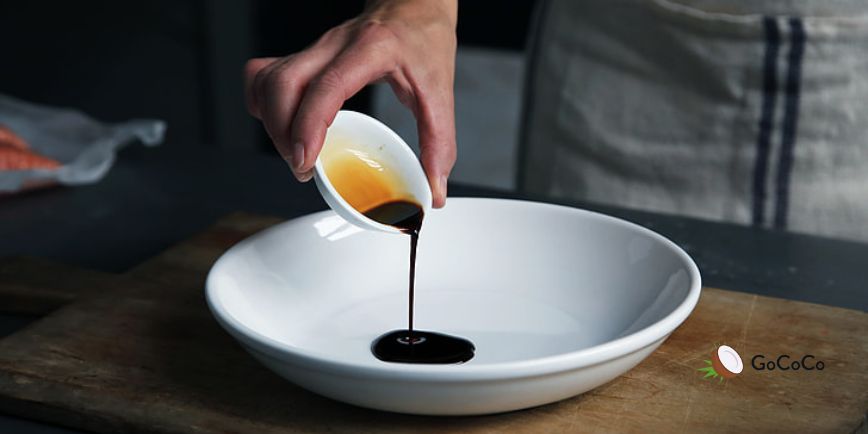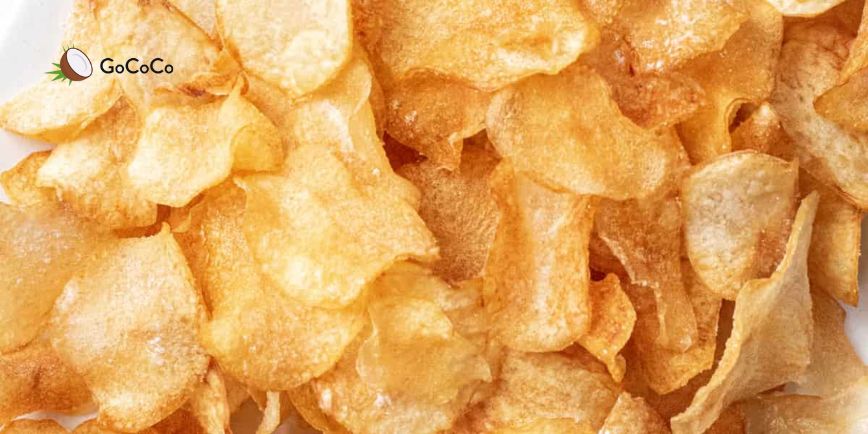
Let’s start with the basics. A good gluten-free bread should:
So, look for shorter ingredient lists with familiar, whole-food ingredients. If the bread has more than 15 ingredients and most of them sound like lab terms,it’s probably not your best choice.
🥥Want to explore more gluten-free staples? Check out our full Nutrition section for helpful guides on everyday foods.
Breads made with cornmeal or rice flour blends tend to have better texture and can be gentler on digestion than ultra-processed starch-based breads.
✔️Even better? When they’re combined with flax, chia, or sunflower seed flours, you get more fiber and healthy fats that can help you feel fuller for longer.
But again it depends on the brand and the processing. That’s why it’s helpful to read labels carefully and check ingredient quality.
👉 If you're building a gluten-free pantry, don’t stop at bread,pasta lovers can explore options like gluten-free orzo, which offers a great alternative to wheat-based grains.
When it comes to truly nourishing gluten-free bread, your best bet is often:
Not only do these options skip the unnecessary additives, they also offer better flavor, texture, and satisfaction. And when bread is more satisfying, you’re less likely to overeat or constantly snack later.
If baking at home feels overwhelming, even a simple mix of oats, yogurt, and seeds can make a no-fuss gluten-free flatbread that’s miles better than most packaged options.
And for snack time, remember that some classic chips might surprise you. Yes, Fritos are gluten-free, just be mindful of flavored varieties.
Just because a bread is gluten-free doesn’t automatically make it a smart choice. In fact, many gluten-free packaged products are:
So if you’re choosing gluten-free bread for health,not just out of necessity,it’s worth looking deeper. A balanced diet doesn’t depend on one ingredient like gluten, but on the overall quality of what you’re eating day to day.
The best gluten-free bread isn’t just about avoiding gluten,it’s about what you’re replacing it with.
Whole flours, simple ingredients, and homemade or bakery options will always beat ultra-processed store-bought bread.
So before you toss another loaf in your cart based on the label, take a moment to look deeper. Healthier eating starts with better choices, not just trendier ones.


